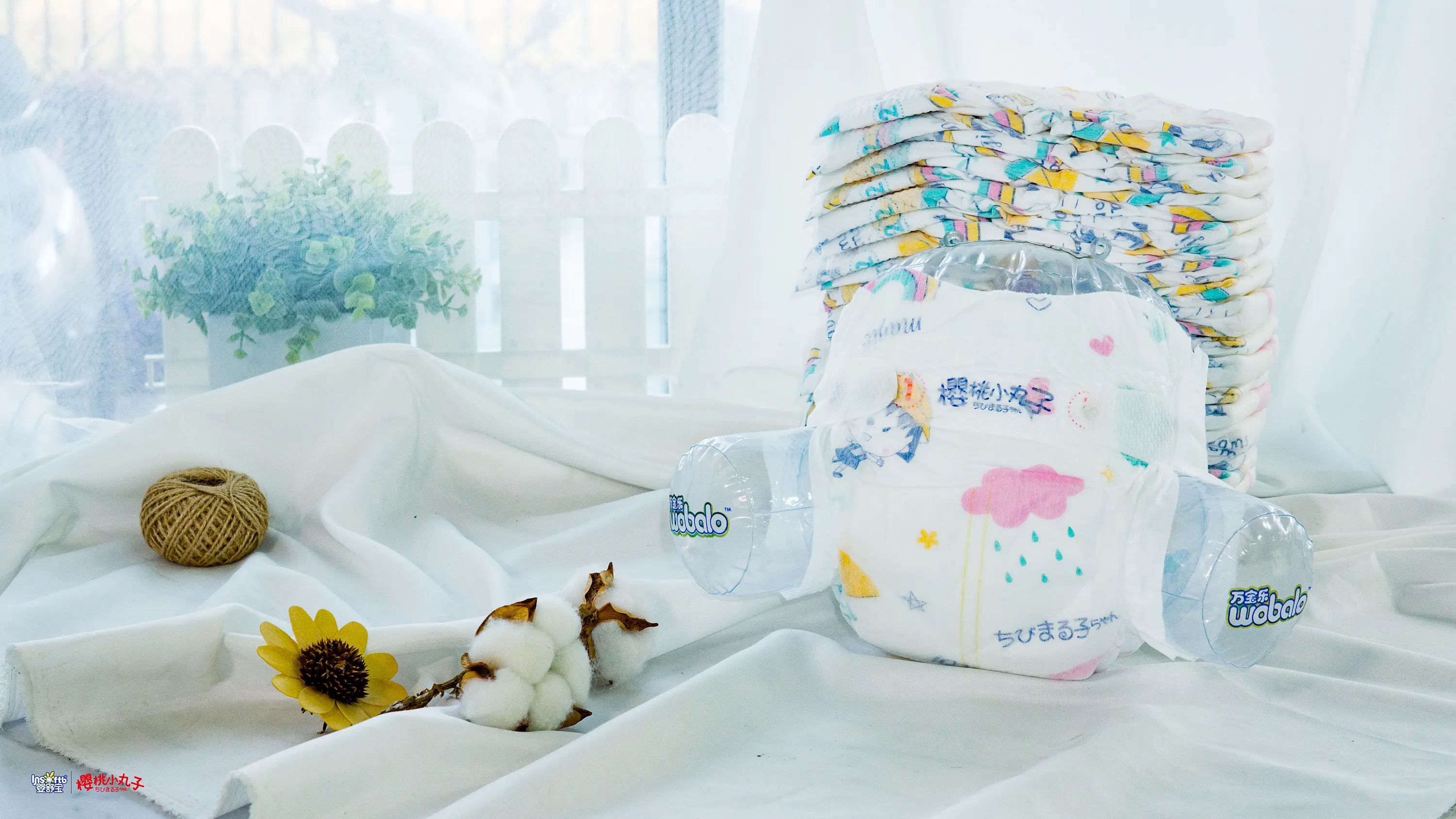Composting can convert the biodegradable materials of waste nappy into humus, including wood pulp fluff and a small part of SAP. After composting, polypropylene, polyethylene and other components can be separated and reused by screening method. Different composting methods have different effects on degradation efficiency. Here are several main ways.
Rosam and other researchers mixed a certain proportion of leaf grass and crushed product debris in the ratio of 7:3, and adjusted the C / N ratio. After three months of reaction time, the volume and mass of compost decreased by more than 50%.
The mass is reduced by 87%.

Joan colon studied the composting treatment of some organic solid waste fragments and nappy. Through laboratory and field experiments, the composting effect and waste metal safety index were tested, and the effects of separate treatment and addition treatment of organic solid waste were compared. The results showed that there was no problem with composting technology and solid waste fragments, neither bacteria outbreak nor composting efficiency. The carbon utilization rate of the whole system was close to 45%.
Gong Fenglian, a researcher from a sewage purification Co., Ltd. in Zhengzhou, studied the biodegradability of medical non-woven fabrics and sanitary napkins. Through the composition identification of some typical domestic female brands, it is found that different brands use different layers of materials: the surface basically adopts polypropylene and polyester materials, the absorber basically adopts polymer water absorbing materials, and the bottom layer basically adopts polypropylene and polyester. Polypropylene and polyester are high molecular compounds that are acid resistant, heat resistant and difficult to degrade. The research is mainly through the use of landfill, wastewater aeration and exposure after wastewater immersion. The results showed that only the landfill method showed signs of degradation of cellulose and water absorbent substances in nappy, while polyester, polypropylene and other substances basically did not degrade from the perspective of tensile strength. Therefore, random discarding and exposure of sanitary products will cause great environmental pollution.
Therefore, in order to adapt to the growing nappy market. How to ensure that the environment is not polluted, we must optimize the product degradable method and reasonably distribute the compost treatment.
Comment(0)
You can comment after
SIGN IN